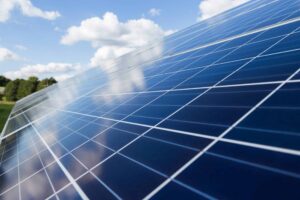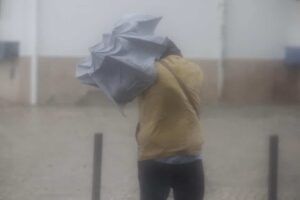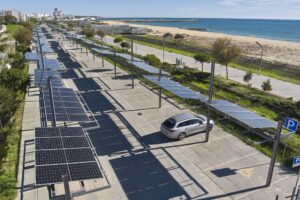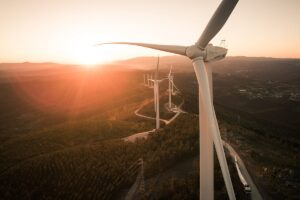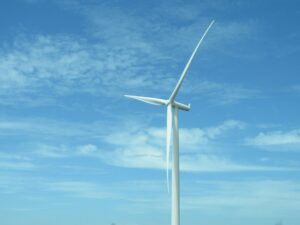By COLIN REID energy@algarveresident.com
Colin Reid is the technical director at the Enova Group and is a chartered engineer specialising in renewable and sustainable energy systems. He has over 20 years experience in the industry and lives with his wife and three children near Almancil.
IN THIS ARTICLE, we look at geothermal systems which harness energy from the earth and use it directly for heating or cooling.
These are not to be confused with ground source heat pumps which also use energy from the ground but transfer the heating or cooling to the building via a heat pump.
We will look at these particular systems in next month’s article.
Geothermal technology can be spilt into two types – water systems and air systems.
With water systems, water is pumped through underground pipework in a closed circuit and then connected to a heat exchanger above ground.
The heating or cooling energy is then transferred via this heat exchanger to the particular heating or cooling system within the building.
This could be an air ventilation system or a chilled water/heating system. This is normally used in conjunction with a normal heating or cooling system.
Air systems are more popular as they are simpler and therefore cheaper to install.
Fresh air passes through underground ductwork using a filter/fan system and is then heated or cooled by the earth.
This treated fresh air then passes into the building to provide some heating or cooling as well as ventilation.
Geothermal air systems have already been tried and tested here in the Algarve.
The Alma Verde development near Lagos has implemented this technology in all its villas with great success, so much so that mechanical cooling (air conditioning) is not installed.
This not only saves on installation costs but also significantly reduces energy consumption and thus running costs (the energy consumed by the ventilation fan is a fraction of that consumed by a compressor within an air conditioning unit).
At Alma Verde, in each house, a small plant room houses the ventilation plant.
This consists of an inlet fresh air grille connected to a fan which in turn connects to the underground ductwork system.
Air is drawn through the underground ductwork where it is cooled and then introduced into rooms within the house via low level outlets.
Attenuators ensure that the system is very quiet.
As well as introducing cool fresh air into the house, the system also cools the building structure.
Because the walls have thermal mass, they have the ability of retaining this cool energy, which further helps to keep the temperature down.
Geothermal systems can also be used for heating, although less so in the Algarve.
The underground temperature is fairly constant at about two metres down (between 10°C and 15°C), and thus on cold days and nights, some heat can still be recovered.
However, this is best used in conjunction with standard heating systems (as a way of preheating fresh air as it enters the building).
The important thing to remember with this type of technology is that although it will provide a certain degree of heating and cooling, it will not necessarily be enough to satisfy the full heating or cooling demands of the building.
It is therefore ideal in certain temperature conditions but will sometimes require the back-up of a standard heating or cooling system.
As with all renewable energy systems, the construction of the building is also very important.
If a building has good thermal mass and good insulation, then in many cases geothermal energy will be adequate with normal systems only required as back-up during more extreme weather conditions.
In next month’s article, we look at ground source heat pumps, a more controlled but more expensive way of utilising geothermal energy.
Colin Reid can be contacted by phone on (00351) 282 960 969 or by email at energy@algarveresident.com. To visit the Enova Group website, click on the link to the right of this page.

